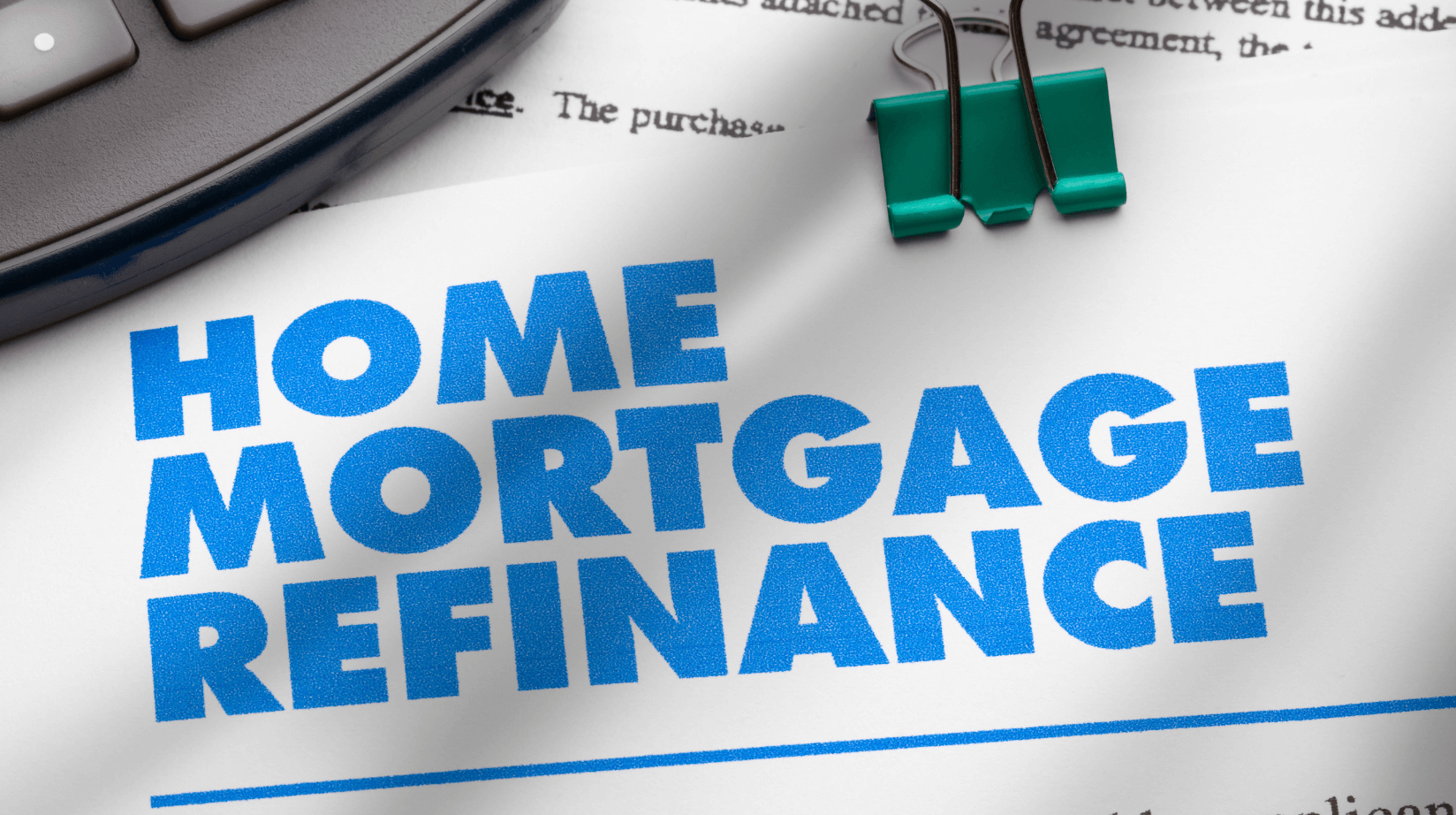Commercial Property Depreciation Case Study – Industrial Warehouse
Owners and operators of commercial property such as industrial warehouses or manufacturing sites are eligible to claim commercial property depreciation, which includes both capital works and plant & equipment.
The term ‘depreciation’ refers to the tax deduction available to the owner or operator of an income-producing property.
The gradual depreciation of the building, otherwise known as ‘wear and tear’ can be captured by a Quantity Surveyor alongside the numerous articles of equipment included within. Utilising this type of commercial property tax depreciation deduction with a commercial property depreciation schedule prepared by a Quantity Surveyor can result in a substantial cash flow benefit and optimised liquidity.
The list of eligible items spans across light fittings and carpet to commercial machineries such as compactors or conveyor belts.
The most significant difference compared to purchasing a residential property versus a commercial property today is that the commercial properties can claim Division 40 Plant and Equipment. In contrast, residential properties, under most circumstances, would be excluded/ineligible.
Commercial Property Depreciation Items
The typical owner-landlord of a commercial property industrial unit can claim depreciation on the following items:
- Depreciation on the shell of the commercial property at a rate of 2.5% over 40 Years.
- Depreciation on the mezzanine levels whether purchased existing or added during ownership
- Carpets, Air conditionings, roller doors and associated motors
- Bathroom amenities, partitions, ductwork
- Car parking spaces
If the owner uses the property for any other purposes, such as for operating a business or manufacturing, the following can be claimed as depreciation in conjunction with the above items:
- Depreciation on the shell of the commercial property at a rate of 4% over 25 years if ‘manufacturing’ (from 2.5%).
- Manufacturing equipment/machinery used such as (but not limited to):
- Extrusion machines, conveyor belts, wrapping machinery
- Forklifts, scissor lifts, palletisers
- Pallet racking or storage shelves
A comprehensive list of items for depreciation for commercial property can be found in the ATO Tax Ruling Income tax: effective life of depreciating assets.
This ruling is updated yearly with the most recent being the Taxation Ruling TR 2020/3. This ruling details the effective life of plant and equipment in various industries, and a Quantity Surveyor can provide guidance in identifying each asset and giving advice on the claimable amounts.
Commercial Property Depreciation Case Study – Jamie Paint Supply Pty Ltd
- Jamie purchases a commercial property – an industrial warehouse on the fringes of Sydney CBD for $2,000,000.
- He intends to use the commercial property as a manufacturing facility for painting supplies and spends $400,000 to equip the facility ready for production.
- The commercial property would be considered to depreciate quicker than usual industrial buildings as there is more activity and wear as a result of the production line.
- The commercial property itself is valued by a quantity surveyor at $1,000,000, where a deduction of $40,000 can be claimed yearly on the building itself based on a rate of 4% over 25 years.
- The quantity surveyor then itemises his assets and determines an additional $45,000 in deductions claimable for the first full financial year.
- The benefit from a depreciation schedule is $85,000 claimable in the first full financial year, which massively reduces the operational costs and increases return on investment.
If the cost of the asset is not known, an experienced Quantity Surveyor will be able to estimate the value of the asset using a wide range of rates and sources which can often work in favour of the client.
If you are the owner or operator of a commercial property such as industrial premises, it is recommended to engage the expert staff at Duo Tax Quantity Surveyors on 1300 185 498 to ensure you are maximising the tax deductions you are entitled to.
** General Advice Warning
The information provided on this website is general in nature only and it does not take into account your personal needs or circumstances into consideration. Before acting on any advice, you should consider whether the information is appropriate to your needs and where appropriate, seek professional advice in relation to legal, financial, taxation, mortgage or other advice.




